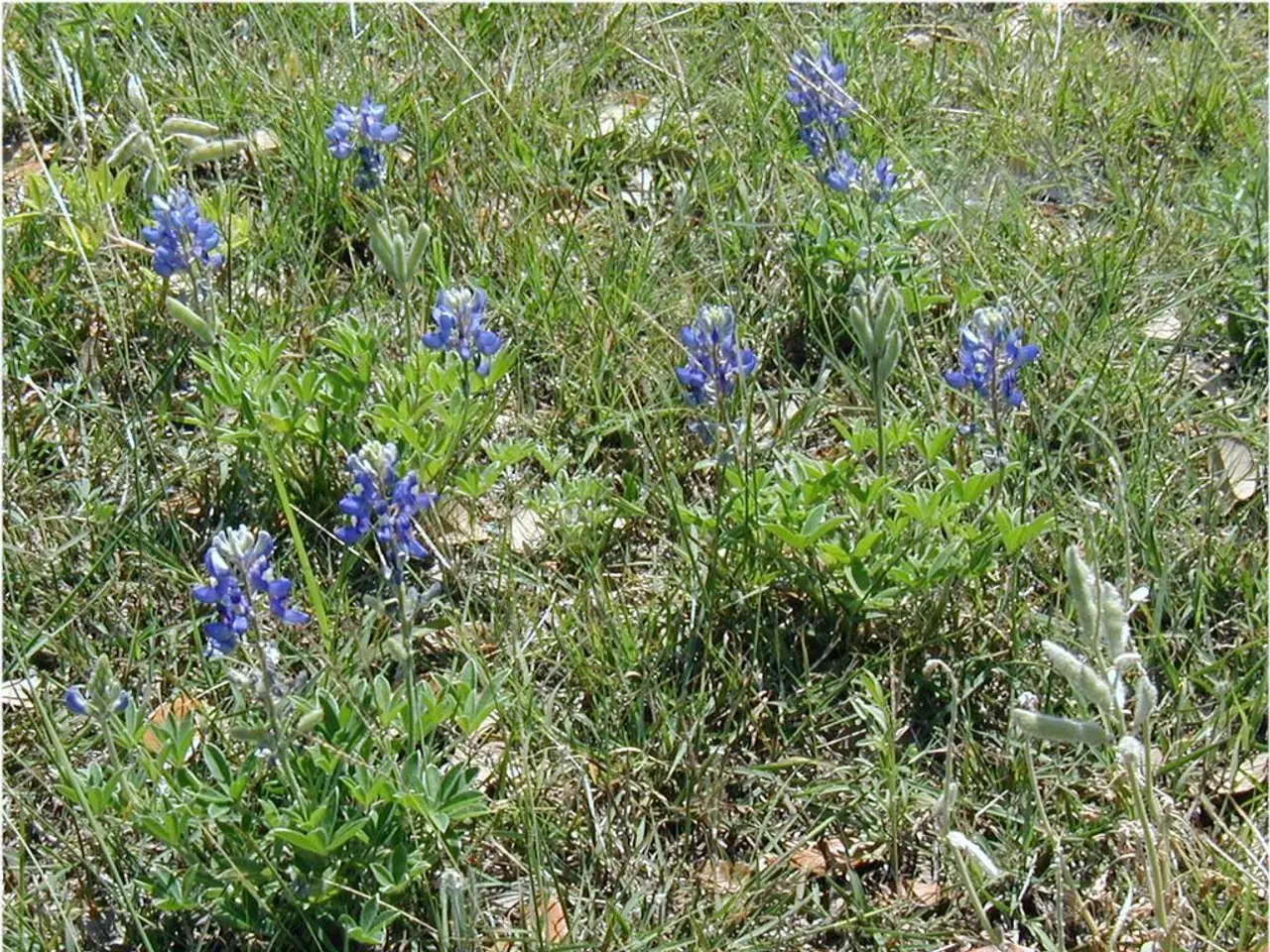Controlling Star of Bethlehem Weeds: A Guide for Star of Bethlehem Weed Management
The invasive Star of Bethlehem (Ornithogalum umbellatum) is a concern for many gardeners and homeowners, particularly in areas of the northern U.S. and Canada where it has become a nuisance. This plant, with its narrow, shiny, grass-like leaves and white midrib, resembles wild allium but lacks the distinctive onion scent when crushed.
Effective control of Star of Bethlehem weeds requires a combination of manual removal and integrated weed management practices, especially when they are growing in grass or lawn areas.
Manual Removal
The most straightforward approach is to dig out the Star of Bethlehem bulbs carefully by hand before they flower and set seed. This manual removal is essential because Star of Bethlehem reproduces by bulbs and seeds, so incomplete removal can lead to rapid reinfestation. Be cautious to remove the entire bulb and any attached bulbils, especially since the plants tend to emerge in late spring. Doing this before the seeds mature will help reduce spread.
Cultural and Mechanical Methods
Maintaining a healthy, dense lawn or garden cover is crucial to outcompete Star of Bethlehem and reduce its establishment. Practices such as mowing grass at the correct height, adequate watering, and fertilization help grass compete better with weeds. Mechanical cultivation or hoeing can disturb the weeds before they set seed but might not fully eradicate the bulbs since they reside underground.
Chemical Control
When manual and cultural methods are insufficient, targeted herbicide application can be considered. Herbicides containing sulfentrazone and S-metolachlor, such as the product "Charger Elite," have been approved for use in weed control and should be applied according to label directions, ideally before the weeds flower. These herbicides are more commonly used in field and crop management but might be available for severe cases. Always check restrictions and safe use guidelines for garden and turf applications to avoid damage to desirable plants.
To delay herbicide resistance, integrate multiple methods such as mechanical removal, rotation of herbicide modes of action if using chemicals, and preventing weed seed production and dispersal.
General Best Practices
Prevent weed escapes from flowering and producing seeds or tubers. Promptly remove any flowering plants and collect all removed plant material to avoid reintroduction. Clean equipment after garden maintenance to prevent spreading bulbs or seeds inadvertently. Regularly scout for Star of Bethlehem weeds and manage them early in the season before bulbs enlarge and seeds spread.
It is important to note that the bulbs of Star of Bethlehem should not be composted but dried in the sun and disposed of properly. The greens of Star of Bethlehem can be composted.
Bonnie L. Grant, a professional landscaper with a Certification in Urban Gardening, has been gardening and writing for 15 years. She offers gardening tips, videos, information, and more through a platform newsletter. Manual removal of Star of Bethlehem does not leave harmful chemicals in soil or water table. In just a few years, a couple of Star of Bethlehem plants can take over an area.
[1] University of Maine Cooperative Extension. (2016). Star of Bethlehem (Ornithogalum umbellatum) Management in Lawns and Gardens. Retrieved from https://extension.umaine.edu/publications/4469e/
- Incorporating knowledge from science and health-and-wellness, it's crucial to maintain a healthy lawn or garden to outcompete the invasive Star of Bethlehem.
- To support fitness-and-exercise and overall wellbeing, an effective approach to controlling Star of Bethlehem weeds involves regular manual removal of the bulbs before they flower and set seed, combined with proper cultural and mechanical methods.




